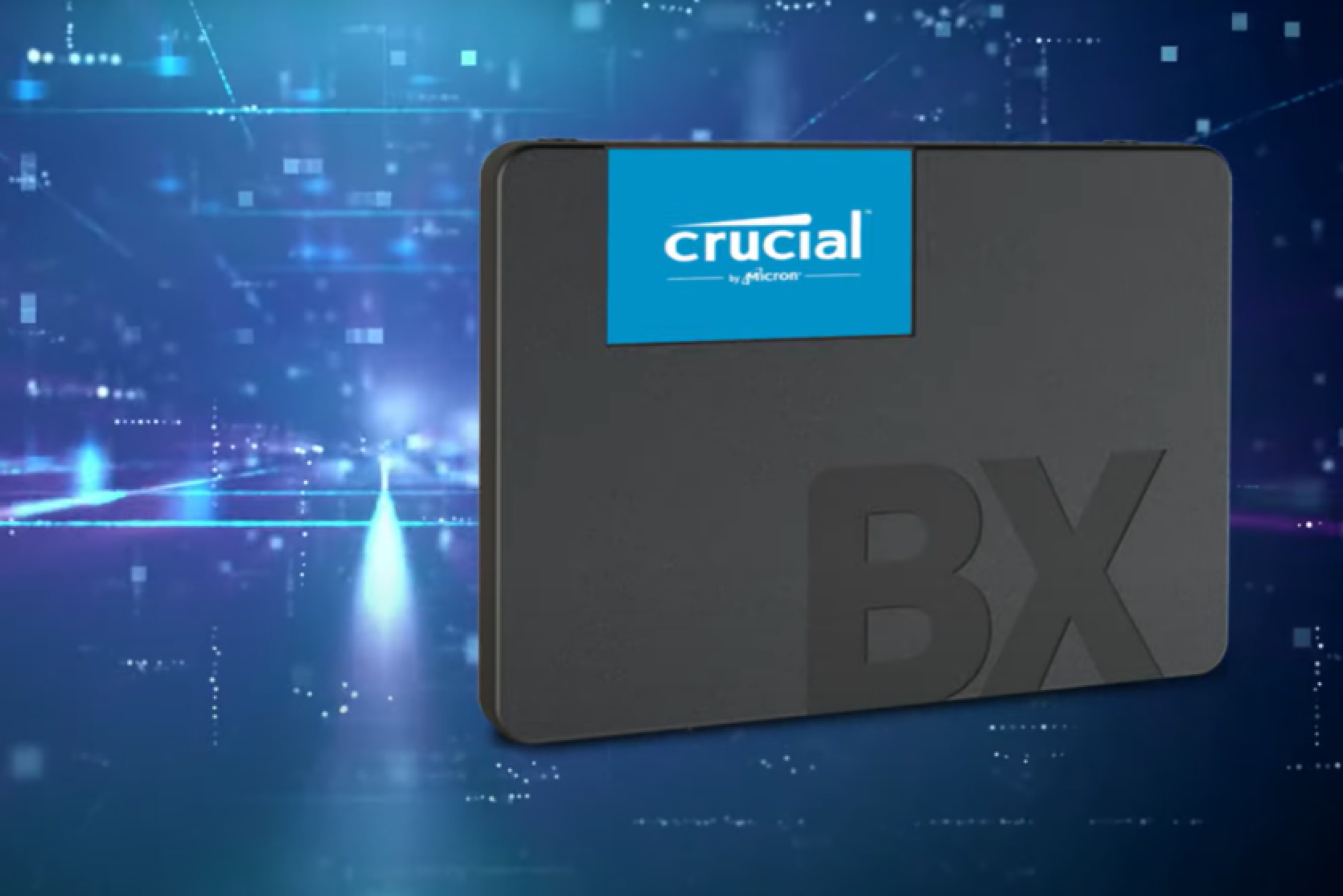Technical enthusiast Gabriel Ferraz converted his Crucial BX500 512GB SSD from QLC (4 bits per cell) to SLC (one bit per cell). As a result, the capacity of the drive decreased to 120GB, while the performance and durability of the SSD increased.
The Crucial BX500 solid-state SATA drive with a capacity of 512GB uses the Silicon Motion SM2259XT2 controller and QLC NAND memory from Micron, making it a budget solution. However, QLC storage devices have a reputation for low performance and questionable durability. Sometimes, these drives have DRAM or SLC cache, or use part of the RAM for faster and longer operation.
The Silicon Motion SM2259XT2 controller features a single-core 32-bit 550MHz clocked ARC processor and two data transfer channels running at 800 MT/s (400 MHz) without DRAM cache. This SSD uses four Micron NAND Flash chips with part numbers NY240. Each two chips have their own channel. These NAND Flash chips were designed to operate at 1600 MT/s (800 MHz), but are limited to 525 MT/s in this SSD.
The average endurance of these chips is 1500 programming/erasing cycles for NAND FortisFlash and about 900 cycles for Mediagrade. Transforming the same drive into SLC increases these figures to 100,000 and 60,000 cycles respectively. The conversion process used the MPtools program for the Silicon Motion SM2259XT2 controller, where it is important to enter the correct memory chip markings and other parameters, and modify software files. The configuration file is changed to allow the chips to function as SLC NAND Flash. The process is detailed in the video.
As a result, the capacity of the drive decreases from 512GB to 114-120GB, and the endurance of the SSD is up to 4000 TBW (terabytes written), which means approximately a 3000% increase (30 times). Performance has also increased, but it is largely limited by the SATA 3 interface and controller, although delays and access times have been significantly reduced.
These manipulations are better not to repeat without careful preparation and knowledge. Inaccurate parameters or file manipulations can "kill" the drive. This method also only works on certain SSDs. The enthusiast notes that before the experiment, he consulted with specialists on how to do everything and demonstrated it in the video.
Sources: TechPowerUp, Tom`s Hardware














Comments (0)
There are no comments for now